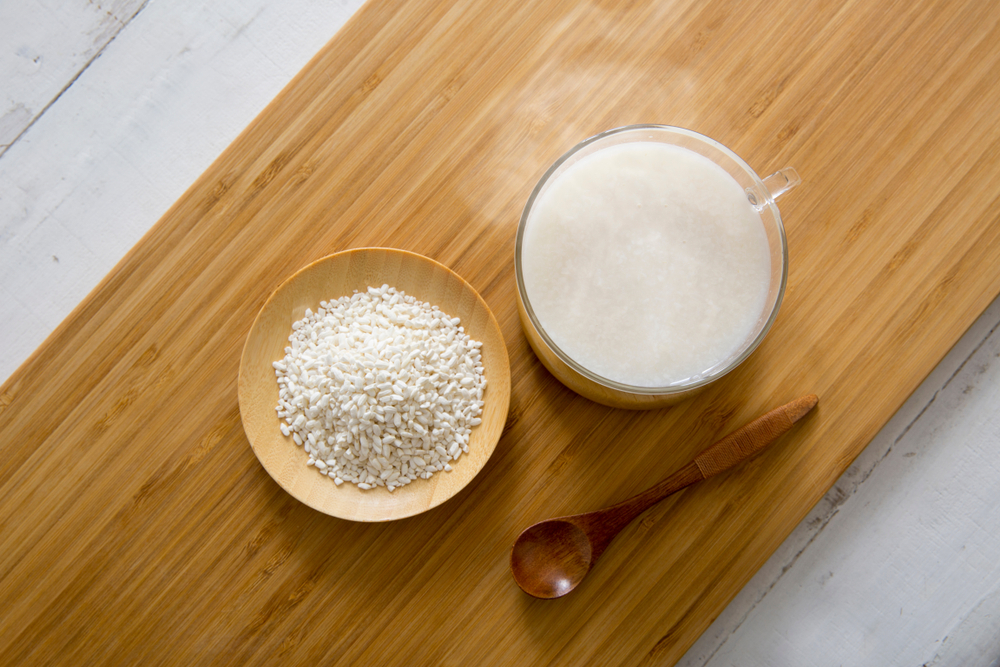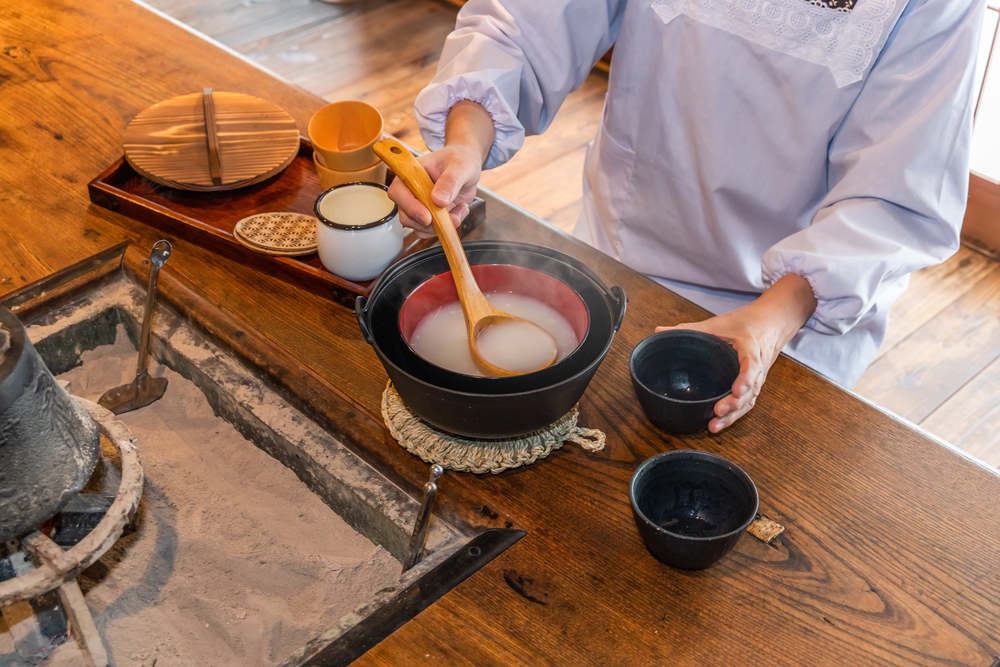The first time I tasted amazake was at the entrance of a temple during the celebration of oshōgatsu, also known as the Japanese New Year. Among the classic stands offering okonomiyaki, chocolate-covered bananas and yakitori, my attention was caught by two men dressed in traditional clothes ringing their bells in front of a steaming cauldron. I joined the line of people and on that fateful day decided to try the sweet fermented rice drink. It was love at first sip.

Amazake and Its Gastronomic History
The term amazake (written 甘酒 in Japanese) literally means “sweet sake”, or even more precisely “sweet alcohol”, but the name can be a bit deceiving. It is indeed a sweet sugary drink with a white color similar to milk, but it has a slightly thicker consistency due to the small pieces of rice that we can taste in the liquid. Even though the drink is a fermented rice drink – like sake – it usually has no alcohol. Either that or it has such a negligible amount that many consider it functionally non-alcoholic.
Drinking amazake means partaking in a piece of gastronomic history that is over 1,300 years old. It was initially a drink that delighted the upper classes. It then became the country’s first “energy drink”, helping the lower classes survive while working in the terrible summer heat.
To this day, amazake is celebrated at matsuri (festivals) around Japan, such as the ones where half-naked men, wearing only loincloths, throw buckets of amazake and spring water on each other as a sign of purification. There’s also the immensely popular amazake festival at the Umenomiya Taisha Shrine in Kyoto. It’s a fantastic setting to enjoy some delightful amazake prepared by the locals under the cherry blossoms.
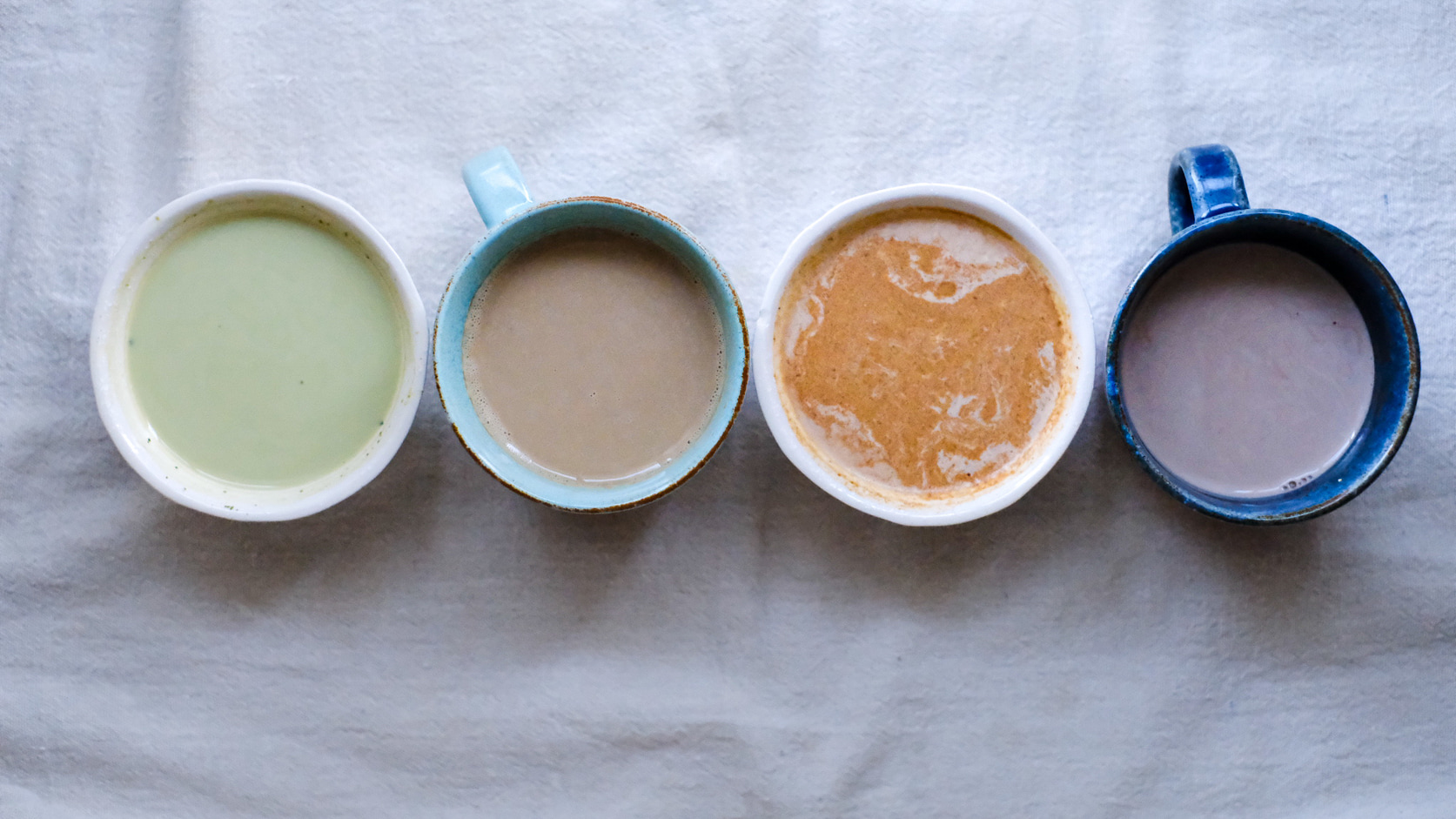
Photo by Eleonora Badellino
Amazake Varieties: Which One is For You?
Depending on the type of rice used (genmai rice, red rice, organic rice, etc), there are different types of amazake. They differ in appearance, flavor, and nutritional content. Even a small change in the production or the addition of an ingredient can make a huge difference. Those new to this drink, however, should start by learning the two major types of amazake.
Koji Amazake
If you’re a lover of naturally sweet and delicate flavors, amazake made with rice malt is for you. Its production involves the decomposition of the starch contained in rice through the action of koji. This is the basis of many fermented products in Japanese gastronomy, including miso and sake.
What characterizes this type of amazake is its natural sweetness. It is derived exclusively from rice and is alcohol-free. As a result, it’s suitable for children, pregnant women and nursing mothers.
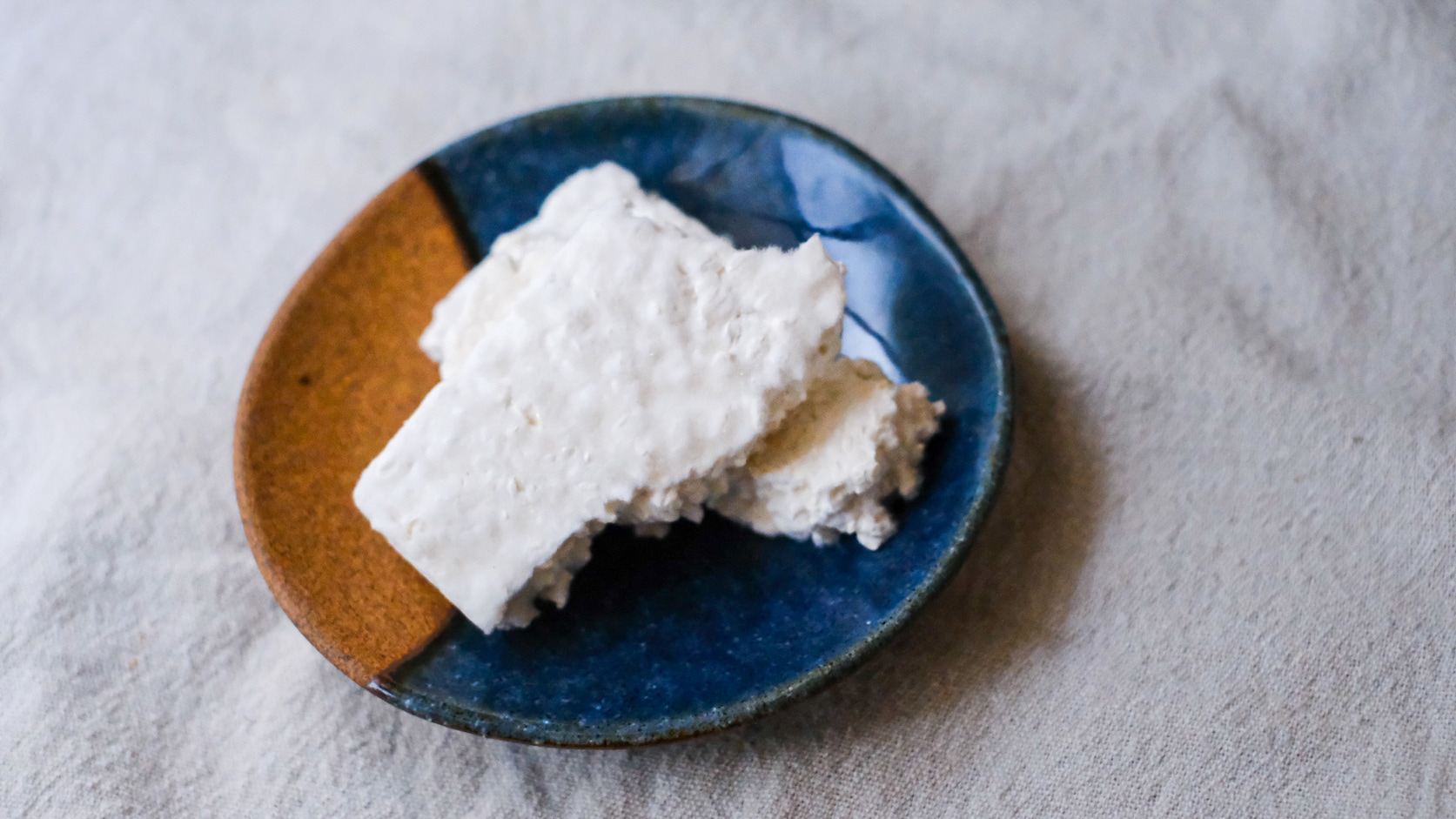
Sake kasu (sake lees) ready for use. Photo by Eleonora Badellino
Sake Kasu Amazake
Do you love well-defined flavors and unquestionable sweetness? Then sake kasu amazake is for you. Sake kasu (酒粕) or sake lees is the leftover material after pressing fermented rice during sake production. It looks like a white thick paste and is rich in good nutrients. It also has an intense smell and taste which reminds you of sake. Sake kasu is often used as a marinade or seasoning and is the base of many washoku (Japanese food) recipes.
All you need to make this version of the drink is to melt sake kasu in water and add sugar until you reach the desired level of sweetness. As this drink contains a small percentage of alcohol, it is not recommended for children, pregnant women or nursing mothers.
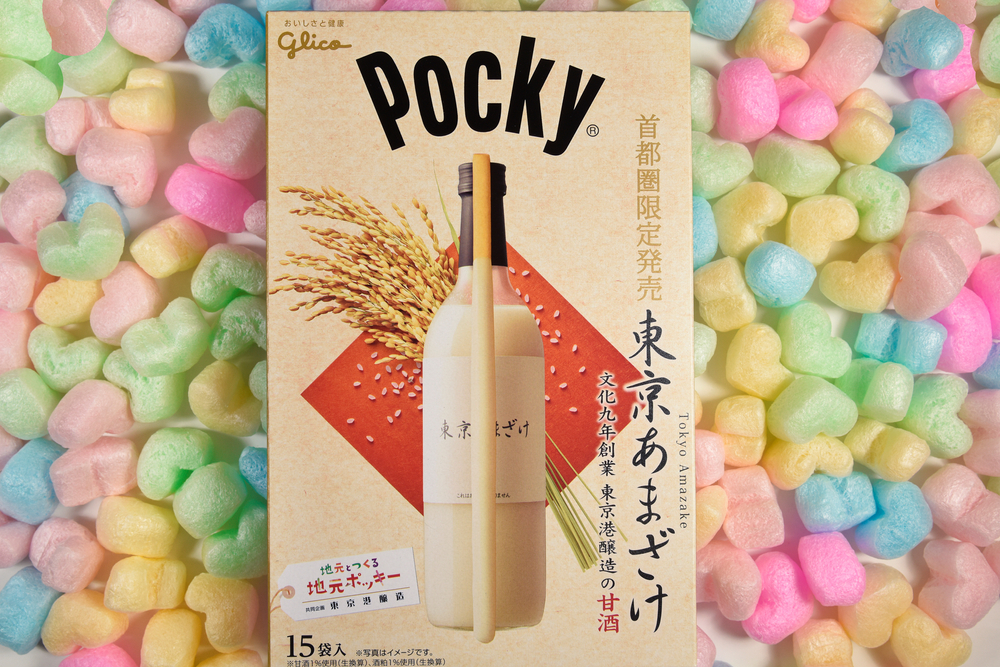
Amazake’s Rising Popularity
In recent years, there’s been an increase in interest in fermented foods and for good reason. They are proven to bring benefits to the gut, contain antioxidants and support the immune system. Even amazake, despite still being a niche beverage among foreigners, has become increasingly popular in the last few years. In the past, you could buy it only in specialized stores or directly from sake breweries. Nowadays the situation has changed.
You can find it in supermarkets (near the refrigerated shelves dedicated to tofu and soy milk) and in convenience stores. You can buy it in powder form, sake kasu block form, canned and bottled. There are even some versions with added flavors such as apple amazake. It has also been added to give extra flavor to KitKats, Pocky and other desserts and drinks.
In recent years, cafes dedicated entirely to this drink have also sprung up. The Amazake Stand in Kamakura offers homemade amazake in the form of fruit smoothies or hot drinks. There’s also the historic “Tea House”. This is a beautiful shop immersed in nature that is located along the path from Hakone to Lake Ashinoko.
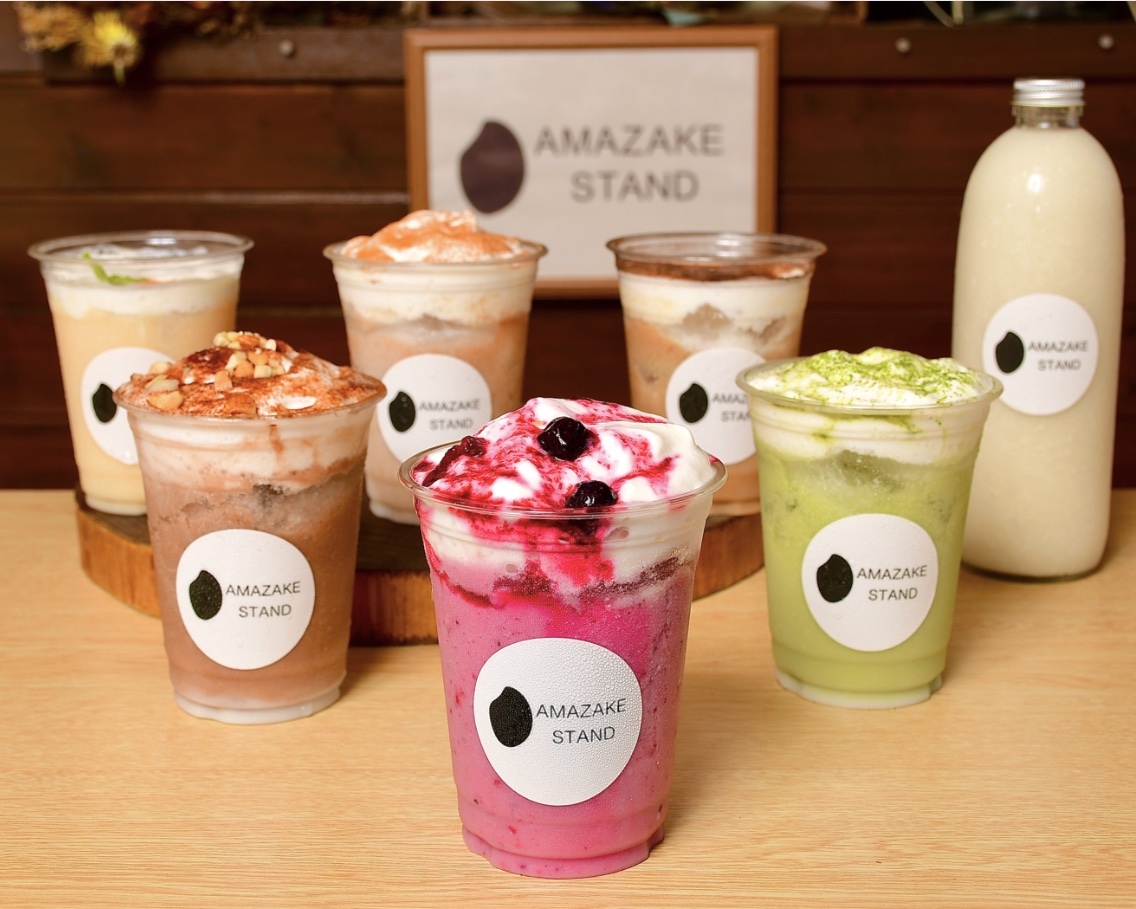
Photo courtesy of Amazake Stand
What makes amazake so popular is how easy it is to drink and the fact that it’s gluten-free. It’s also suitable for various diets (including vegan) and has nutritional properties. This includes vitamin B6, folic acid, dietary fiber and a good percentage of glucose helping you recharge your batteries. No wonder the Japanese have nicknamed this drink “drinkable IV”.
Amazake’s Role in Beauty and Cosmetics
If all that wasn’t enough, amazake is also loved by the Japanese beauty community. In magazines and blogs about skincare, many beauty gurus claim that drinking a glass of koji amazake a day is very beneficial. This is due to the drink’s rich vitamin B content. Together with antioxidants, it’s said to help improve the appearance of skin, hair, and nails.
Another reason is koji contains an ingredient called kojic acid used in many cosmetics to brighten the skin. So in addition to drinking amazake for beauty, you’ll find its ingredients in a myriad of cosmetics such as face creams and face masks.
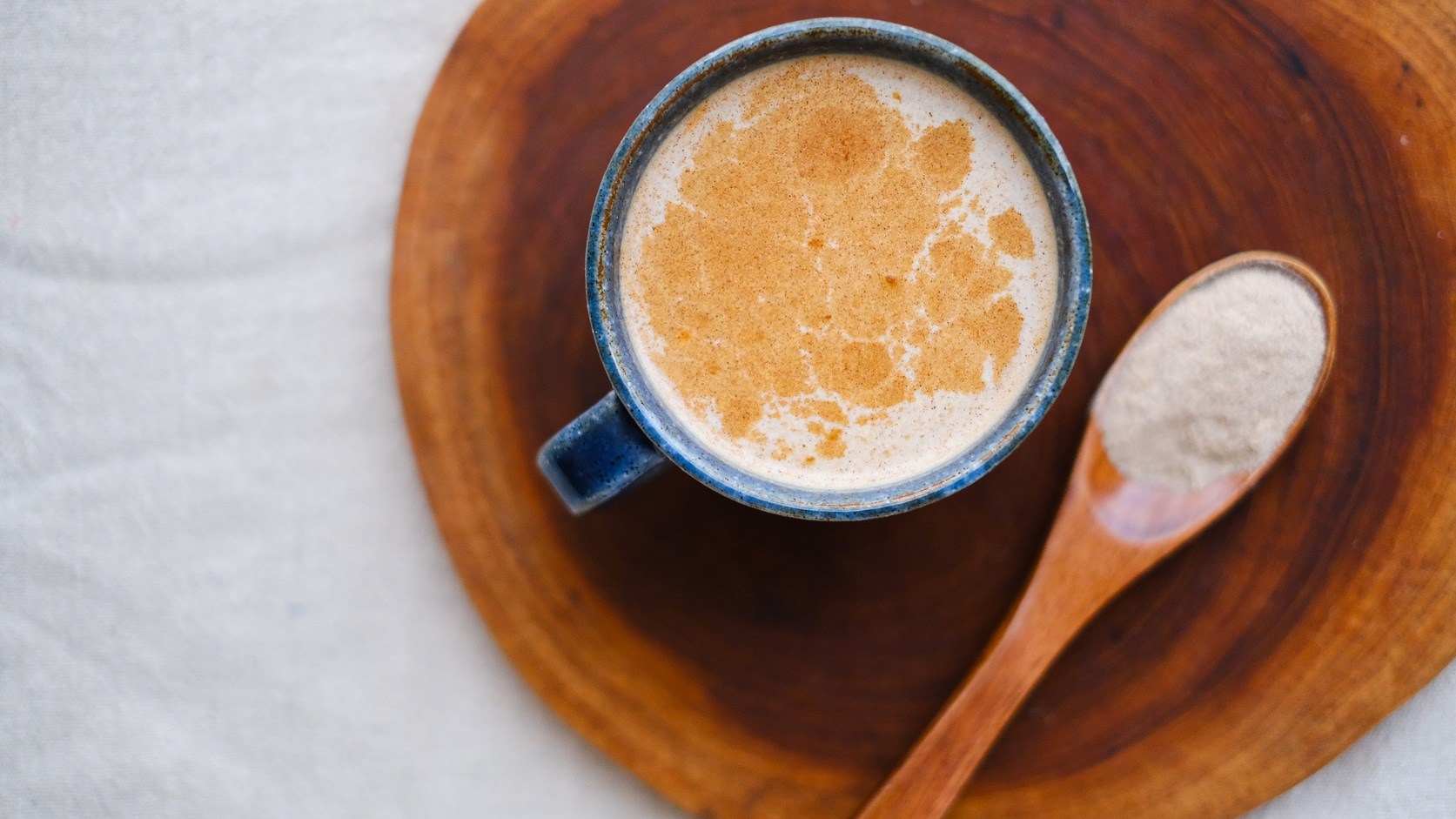
Chai Amazake. Photo by Eleonora Badellino
Amazake Experiments: Try Making Chai Masala Amazake
If the classic flavor of amazake doesn’t totally win you over, but you still want to include it in your diet, you could include some alternatives to make it even more appealing. You can try recipes with added instant coffee, cocoa powder, matcha or one of my favorites, chai.
Here is my simple chai masala amazake recipe:
Ingredients:
Koji Rice Amazake 1/2 cup (about 50 ml)
Soy Milk 1/2 cup (about 50 ml)
1/2 teaspoon Chai Masala
Method:
Pour amazake and soy milk in a small saucepan and place on a low heat. Heat the liquid without bringing it to a boil (boiling will kill all the good nutrients in amazake) and then add the chai masala. Use a whisk to smooth everything together and serve hot or chilled with ice, according to your own preference.
Whatever flavor or recipe you end up trying, give amazake a chance!
Read other TW articles on Japanese cuisine and drinks:

